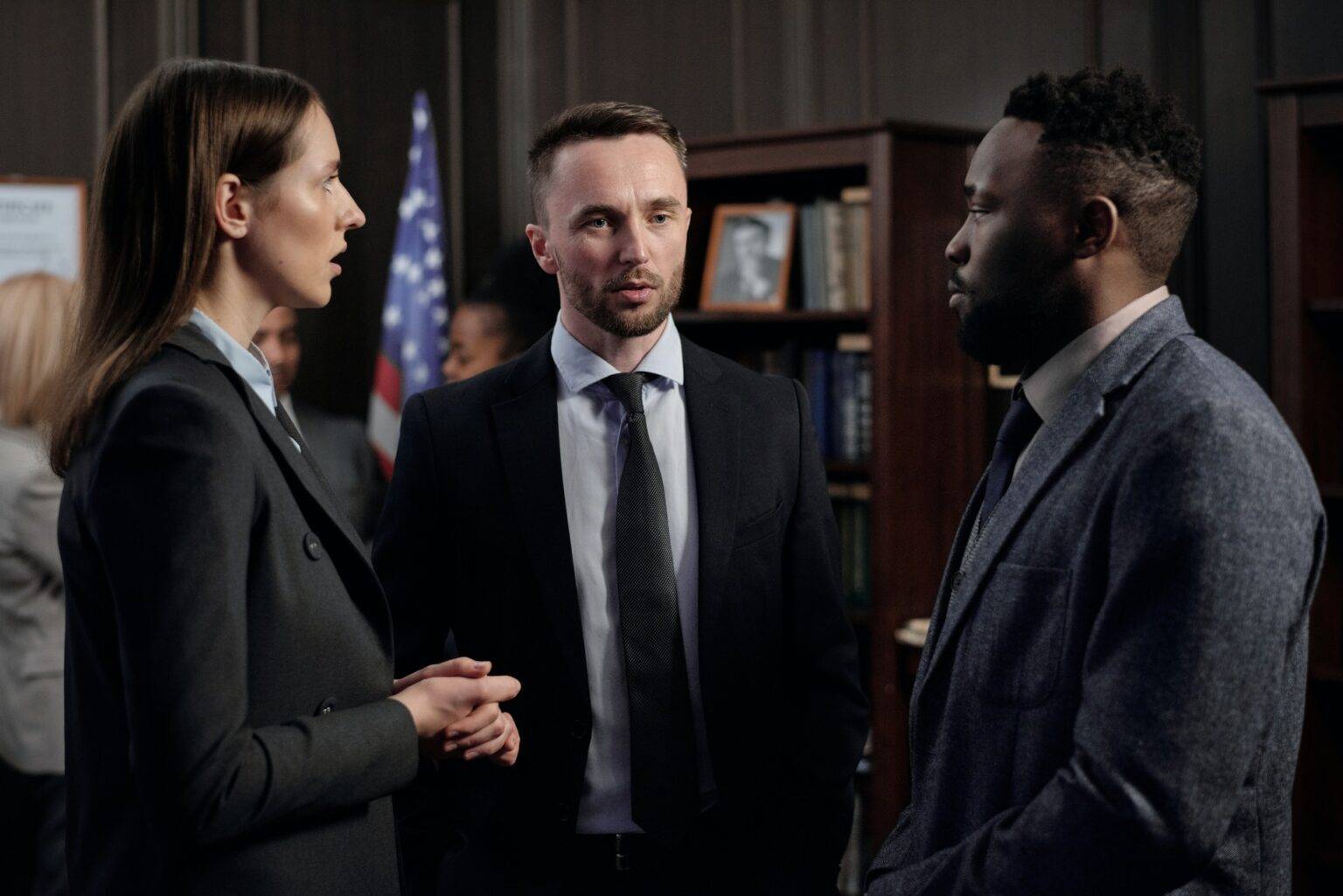
A Guide to Leadership Storytelling in Business and Why it is an Impactful Communication Tool
The world’s most creative and influential individuals are also excellent storytellers. The vision, values, and agendas for a business are set by great business leaders and technology executives. Despite facing many communication challenges, they are very good at getting people behind a new plan of action, they can encourage creativity through divisions, and can get board approvals to invest in new projects.
Strong leadership means avoiding treating organisations as if they are rational systems whereby data drives actions and decisions. A strong leader needs to understand that emotions may come before logic, and that PowerPoint presentations with bullet points don’t motivate people or drive decisions. Successful leaders encourage, inspire, and motivate their teams. They are aware of the value of connection and communication in building support for their vision and strategy and in energising change. This article will look at how leadership stories can be used to connect with emotions to inspire and drive change.
Leaders who tell effective stories can create engagement and belief around their work, enabling people to align together to make decisions and action them. Businesses can use storytelling to solidify concepts in a manner that facts and statistics alone cannot. People can remember something if told in a story rather than a straightforward bullet point list. Instead of instructing the audience what to think, stories engage the audience. Emotionally resonant stories in particular make others remember you and your story’s message.
Most leaders are aware of the value of storytelling as a leadership communication technique, yet they frequently use it. They are unsure of the best ways to tell stories, how to build them, or how to improve their storytelling abilities. They understand that even though they frequently urge people to adapt to change, individuals also need to comprehend why change is necessary. Furthermore, they must have faith in the motivation for change and see the necessity for the transformation. Change is most effective when individuals identify emotionally with the stated goal and purpose.
So, let’s discuss the three important stories that technology leaders should be telling to drive innovation and transformation success:
Continuity
Identity, purpose, values, knowledge, and tradition are all aspects of continuity stories that sustain and tie together the organisation’s daily operations. Continuity is a crucial component of any transition or transformation. In general, business leaders should avoid causing a disturbance in these areas, particularly if the organisation’s principles, values, and purpose are strong. A strong leader needs to reassure people that there are some things they can trust to remain the same even as you guide them to a daring future. The conversation about continuity is based on pivotal moments, notable accomplishments, and empowering traditions.
Novelty stories
Novelty is about appreciating original thought, inquisitive inquiry, and action. It is about seeking out fresh concepts, engaging in open innovation, and questioning the existing quo. It is about how people conjure up and dream about potential futures and possibilities. Novelty also implies investing in one’s own development and learning from a group experience. Leaders seek to demonstrate what might be feasible when they share these experiences. These future-focused narratives are at the very core of what motivates creativity.
Transition stories
The process of transition focuses on how innovative ideas are translated into palpable changes that are experienced by everybody as progress toward a desired future state. The journey is completed with little disturbance (i.e., without a threat to continuity). Everyone is aware of the positive reasons for change, the desired results, and the subsequent actions. Transitional stories highlight what it looks like when people tackle challenging issues, demonstrate resiliency, bounce back from errors, and learn. Transition stories have become very powerful to use in business, especially through the COVID-19 pandemic that hit in 2020.
Apply these three stories to your leadership strategy and start to inspire change. If you want to take the next step toward becoming a visionary leader, then talk to us about our effective Business Coaching courses. Contact us